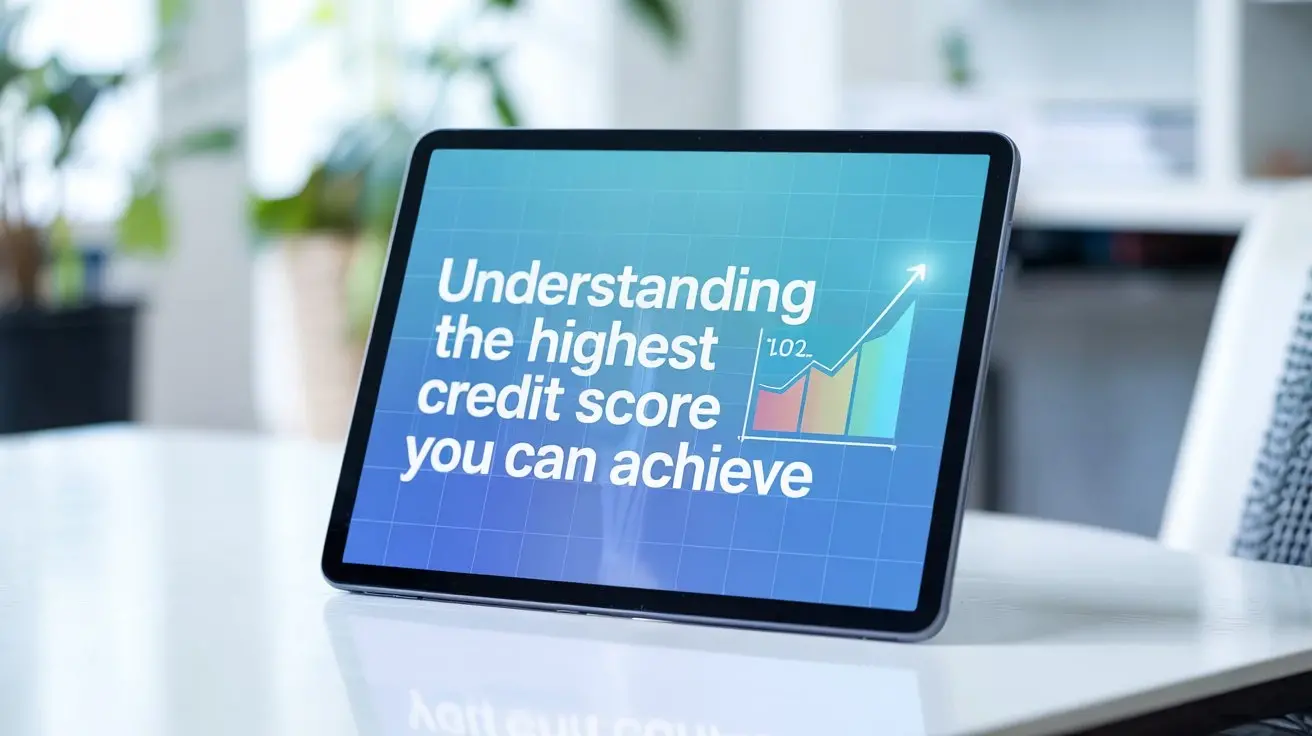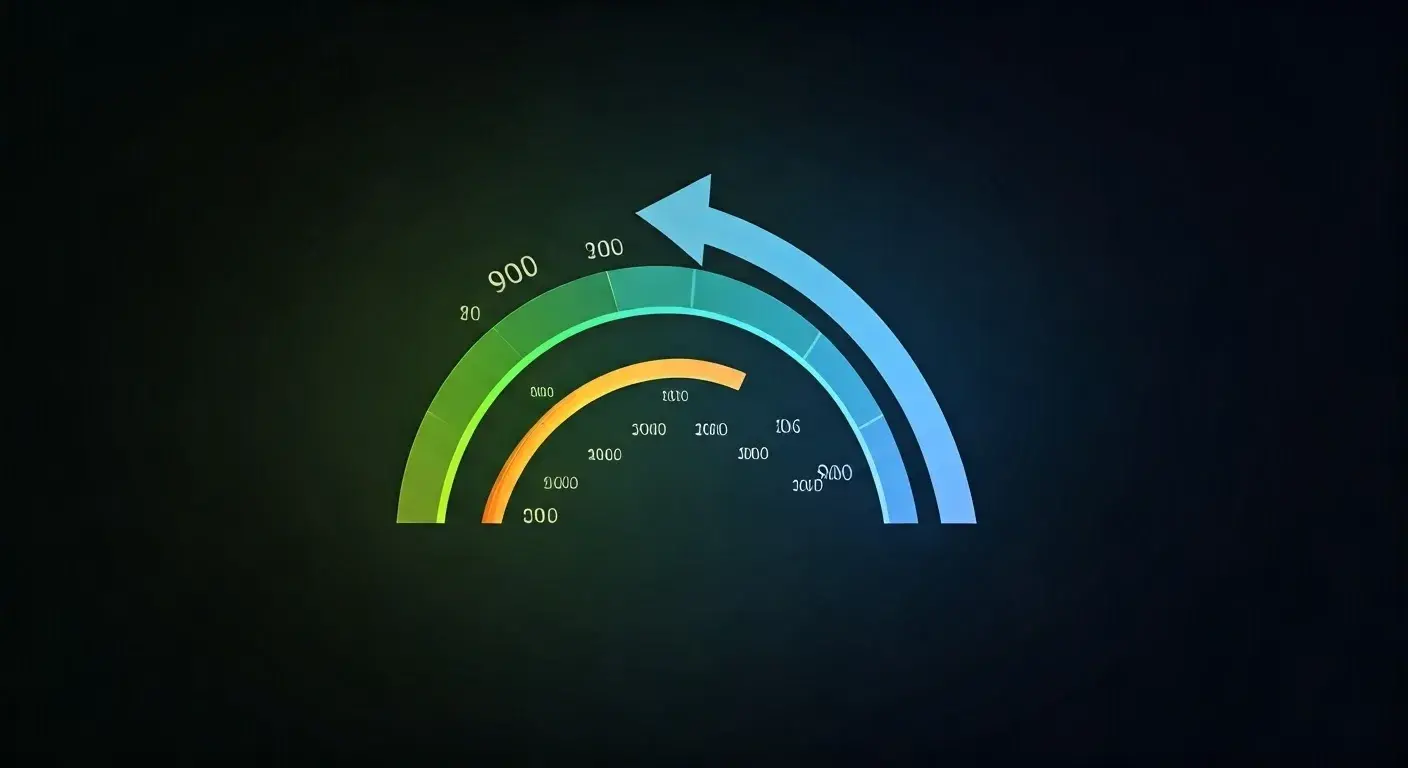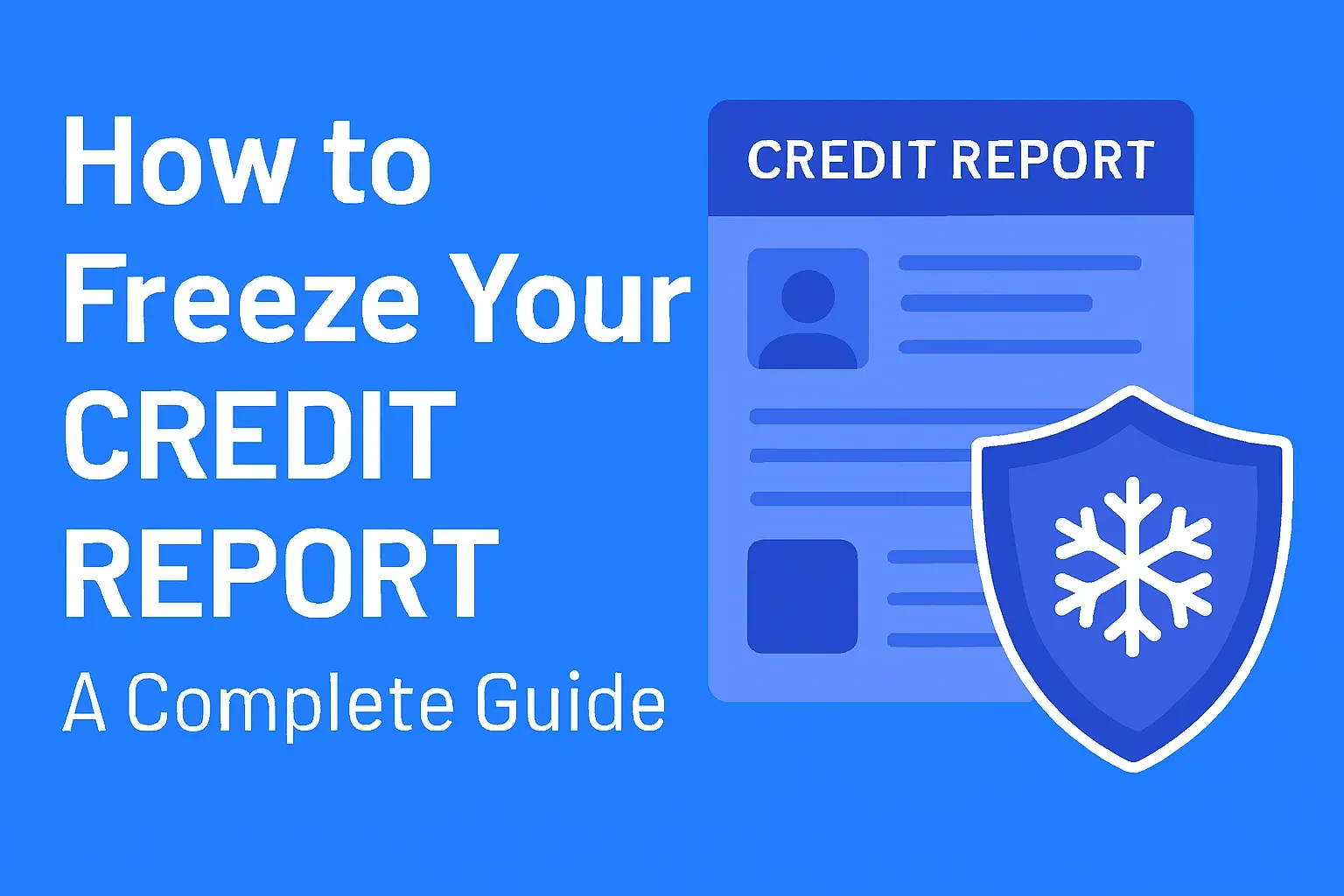Using your home equity can be a powerful financial tool. A Home Equity Line of Credit (HELOC) provides access to funds you can draw on as needed, secured by your home. However, like any credit product, a HELOC can significantly impact your credit score. Understanding how it affects your credit is crucial for responsible financial management. This guide will explore the nuances of HELOCs and their influence on your creditworthiness.
Understanding HELOCs: A Quick Overview
Before diving into the credit score implications, let's briefly define what a HELOC is. A HELOC is a revolving line of credit secured by the equity in your home. Unlike a traditional mortgage, a HELOC functions similarly to a credit card. You're approved for a specific credit limit, and you can borrow funds up to that limit during the draw period. The draw period is typically 5-10 years. After the draw period, you enter the repayment period, where you repay the principal and interest, often over a period of 10-20 years.
The amount you can borrow depends on your home's value, your existing mortgage balance, and your creditworthiness. Lenders generally allow you to borrow up to 80-85% of your home's equity, minus your outstanding mortgage balance.
How a HELOC Impacts Your Credit Score
Your credit score is a numerical representation of your creditworthiness, used by lenders to assess the risk of lending you money. Several factors contribute to your credit score, and a HELOC can influence many of them. Here's a breakdown:
Payment History (35% of your FICO Score)
Payment history is the most significant factor in determining your credit score. Making timely payments on your HELOC is paramount. Late payments, even by just a few days, can negatively impact your score. Consistent on-time payments, on the other hand, can help improve your credit profile over time.
Pro Tip: Set up automatic payments to ensure you never miss a due date. This is especially important if you have a variable interest rate on your HELOC, as payment amounts can fluctuate.
Credit Utilization (30% of your FICO Score)
Credit utilization refers to the amount of credit you're using compared to your total available credit. With a HELOC, your credit utilization is calculated as the outstanding balance on your line of credit divided by your total credit limit. Maintaining a low credit utilization rate is crucial for a good credit score.
Ideally, you should aim to keep your credit utilization below 30%. For example, if your HELOC has a credit limit of $50,000, you should try to keep your outstanding balance below $15,000.
High Utilization Risks:
- Lower Credit Score: A high utilization rate signals to lenders that you may be overextended and struggling to manage your debt.
- Increased Interest Rates: If you apply for other credit products, lenders may charge you higher interest rates due to the perceived risk.
- Difficulty Obtaining Credit: A high utilization rate can make it difficult to get approved for new credit.
Length of Credit History (15% of your FICO Score)
The length of your credit history is another factor that affects your credit score. The longer you've had credit accounts open and in good standing, the better. Opening a HELOC can potentially impact this factor, but the effect is usually minimal. If you have a short credit history, opening a HELOC could slightly improve your average account age, assuming you manage it responsibly.
Credit Mix (10% of your FICO Score)
Credit mix refers to the variety of credit accounts you have, such as credit cards, installment loans (like mortgages and auto loans), and lines of credit. Having a good mix of credit accounts can demonstrate your ability to manage different types of debt. A HELOC can add to your credit mix, potentially boosting your score if you only have credit cards, for example.
New Credit (10% of your FICO Score)
Opening a new HELOC account will trigger a hard inquiry on your credit report. A hard inquiry can temporarily lower your credit score by a few points. However, the impact is usually minor and short-lived. Avoid opening multiple credit accounts in a short period, as this can signal to lenders that you are taking on too much debt.
Potential Risks and Benefits of a HELOC on Your Credit Score
Here's a summary of the potential positive and negative impacts of a HELOC on your credit score:
Potential Benefits:
- Improved Credit Mix: Adds a new type of credit to your profile.
- Increased Available Credit: Can lower your overall credit utilization if you manage it responsibly.
- Positive Payment History: Consistent on-time payments contribute significantly to a positive credit history.
Potential Risks:
- Hard Inquiry: Opening the account results in a temporary dip in your credit score.
- High Credit Utilization: Overspending and carrying a high balance can negatively impact your score.
- Late Payments: Missing payments can severely damage your credit score.
- Debt Burden: Adding another debt obligation can strain your finances and make it harder to manage your other debts.
Strategies for Managing Your HELOC to Protect Your Credit Score
To ensure your HELOC has a positive impact on your credit score, follow these strategies:
- Make Payments on Time: Set up automatic payments to avoid late fees and negative credit reporting.
- Keep Utilization Low: Aim for a utilization rate below 30%. Pay down your balance as quickly as possible.
- Monitor Your Credit Report: Regularly check your credit report for errors and signs of fraud. You can obtain a free copy of your credit report from each of the three major credit bureaus (Equifax, Experian, and TransUnion) annually at AnnualCreditReport.com.
- Avoid Maxing Out Your HELOC: Resist the temptation to borrow the full credit limit. Only borrow what you need and can comfortably repay.
- Develop a Repayment Plan: Create a budget and plan to pay down your HELOC balance quickly and efficiently. Consider making extra payments whenever possible.
- Understand the Terms and Conditions: Carefully review the terms and conditions of your HELOC agreement, including the interest rate, fees, and repayment schedule.
HELOC vs. Other Credit Options
When considering financing options, it's important to compare a HELOC to alternatives like personal loans, credit cards, and home equity loans. Each option has different implications for your credit score:
- Personal Loans: Similar to HELOCs, personal loans are reported to credit bureaus and impact your credit score based on payment history, utilization (if revolving), and new credit.
- Credit Cards: Credit cards are a revolving credit line, so utilization is a critical factor. Responsible credit card use can build credit, while misuse can damage it.
- Home Equity Loans (HELOANs): Unlike HELOCs, HELOANs are installment loans. They impact your credit score primarily through payment history.
The best option depends on your financial needs and your ability to manage debt responsibly. Always consider the long-term impact on your credit score and overall financial health.
The Long-Term Effects of a HELOC on Your Credit
The impact of a HELOC on your credit score isn't just immediate; it's an ongoing process. As you consistently manage your HELOC responsibly over time, the positive effects will compound. A strong payment history and low utilization will demonstrate to lenders that you're a reliable borrower.
Conversely, if you struggle to manage your HELOC, the negative effects can linger for years. Late payments and high utilization can remain on your credit report for up to seven years, impacting your ability to qualify for loans and other financial products.
Monitoring Your Credit After Opening a HELOC
After opening a HELOC, it's crucial to monitor your credit report regularly. This allows you to track the impact of the HELOC on your score, identify any errors, and detect potential fraud. Consider using a credit monitoring service that provides alerts when changes occur on your credit report.
Pay close attention to your credit score trend. Are you seeing a steady improvement, a plateau, or a decline? This will give you valuable insights into how your HELOC is affecting your creditworthiness.












